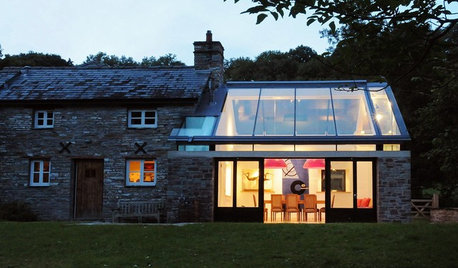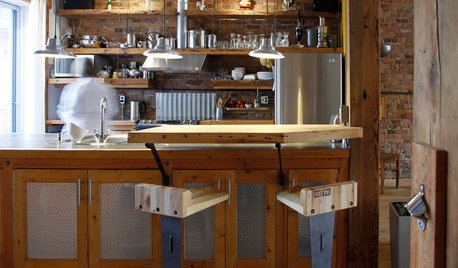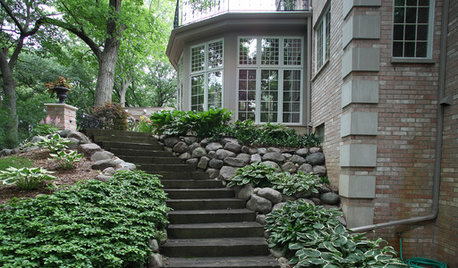New Construction - 50,000 s.f. Lawn
EmagSamurai
12 years ago
Related Stories

HOUZZ TOURS13 Character-Filled Homes Between 1,000 and 1,500 Square Feet
See how homeowners have channeled their creativity into homes that are bright, inviting and one of a kind
Full Story
BEFORE AND AFTERSSee 6 Yards Transformed by Losing Their Lawns
Wondering whether a turf lawn is the best use of your outdoor space? These homeowners did, and they found creative alternatives
Full Story
BUDGETING YOUR PROJECTDesign Workshop: Is a Phased Construction Project Right for You?
Breaking up your remodel or custom home project has benefits and disadvantages. See if it’s right for you
Full Story
REMODELING GUIDESOne Guy Found a $175,000 Comic in His Wall. What Has Your Home Hidden?
Have you found a treasure, large or small, when remodeling your house? We want to see it!
Full Story
EARTH DAYThe Case for Losing the Traditional Lawn
Work less, help the environment and foster connections by just saying no to typical turf
Full Story
GREAT HOME PROJECTSHow to Replace Your Lawn With a Garden
New project for a new year: Lose the turfgrass for energy savings, wildlife friendliness and lower maintenance
Full Story
KITCHEN DESIGNPersonal Style: 50 Clever Real-Life Kitchen Design Details
Get ideas from savvy homeowners who have a knack for creating kitchens celebrating personal style
Full Story
TINY HOUSESHouzz Tour: A Custom-Made Tiny House for Skiing and Hiking
Ethan Waldman quit his job, left his large house and spent $42,000 to build a 200-square-foot home that costs him $100 a month to live in
Full Story
MOVINGHome-Buying Checklist: 20 Things to Consider Beyond the Inspection
Quality of life is just as important as construction quality. Learn what to look for at open houses to ensure comfort in your new home
Full Story
GARDENING AND LANDSCAPINGHow to Work With a Landscape Pro
Lush lawns and gardens don't create themselves. Here's how to work with a landscaping professional for a smooth process and pleasing results
Full StoryMore Discussions







tiemco
EmagSamuraiOriginal Author
Related Professionals
Holly Springs Landscape Architects & Landscape Designers · Fillmore Landscape Architects & Landscape Designers · Redondo Beach Landscape Architects & Landscape Designers · Chesapeake Ranch Estates Landscape Contractors · Kearny Landscape Contractors · Methuen Landscape Contractors · Selden Landscape Contractors · Sun City Center Landscape Contractors · The Villages Landscape Contractors · Vancouver Landscape Contractors · Reisterstown Landscape Contractors · Bakersfield Swimming Pool Builders · College Station Swimming Pool Builders · Jacksonville Swimming Pool Builders · Ontario Swimming Pool Builderstiemco
EmagSamuraiOriginal Author
EmagSamuraiOriginal Author
texas_tifway
grassboro
EmagSamuraiOriginal Author
dchall_san_antonio
EmagSamuraiOriginal Author
texas_weed
ZoysiaSod
neilaz
EmagSamuraiOriginal Author
texas_weed
ZoysiaSod
texas_weed
EmagSamuraiOriginal Author
texas_weed
EmagSamuraiOriginal Author
ZoysiaSod
User
ZoysiaSod
EmagSamuraiOriginal Author
texas_weed
ZoysiaSod
EmagSamuraiOriginal Author
ZoysiaSod
EmagSamuraiOriginal Author
texas_weed
ZoysiaSod
EmagSamuraiOriginal Author
ZoysiaSod
texas_weed
ZoysiaSod
EmagSamuraiOriginal Author